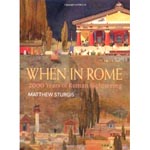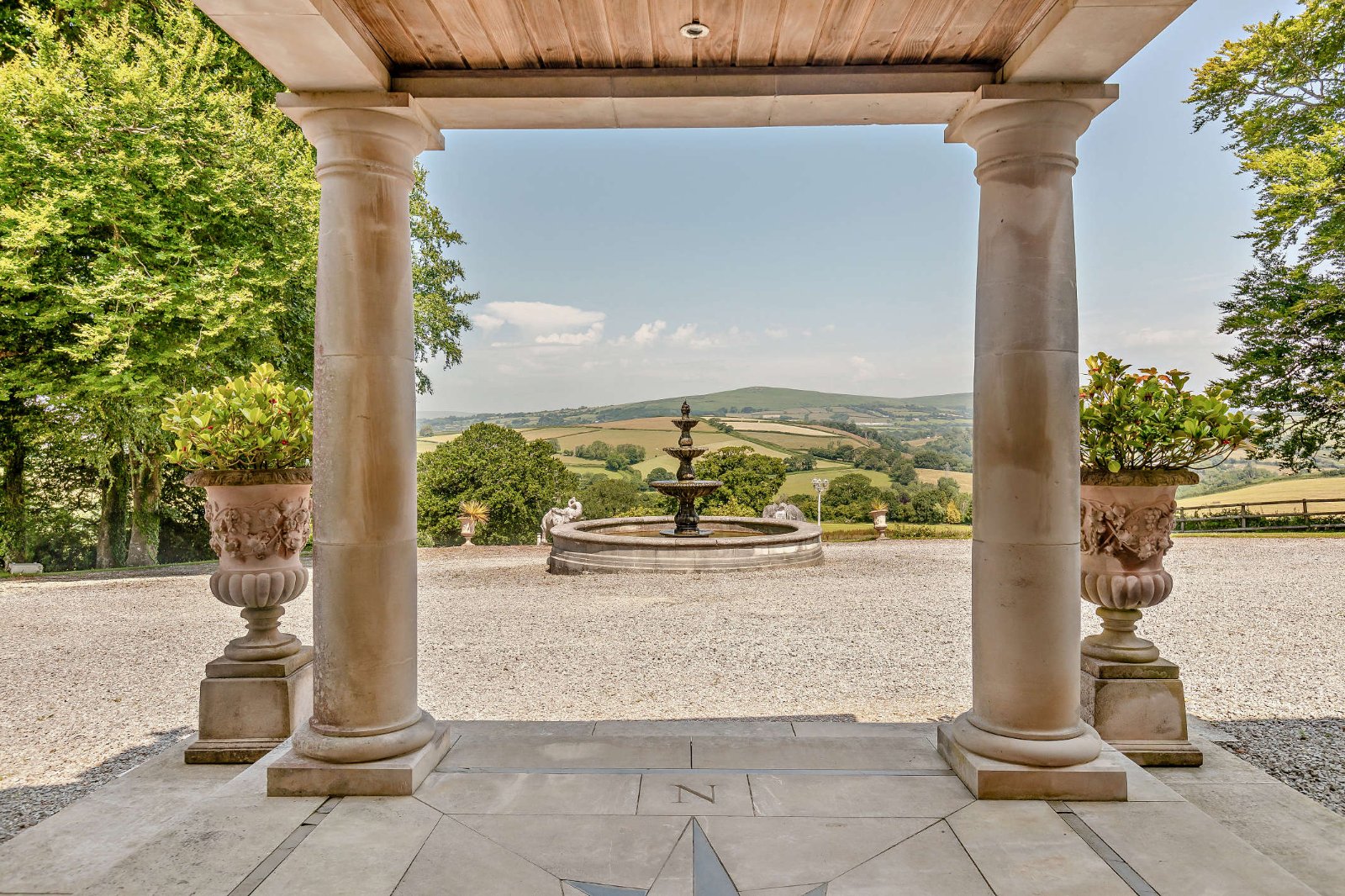Book Review: When in Rome: 2,000 years of Sightseeing
Michael Hall reads an intriguing approach to a history of tourist sites in Rome


On his first visit to Rome, in 1980, Matthew Sturgis was so determined not to be recognised as a tourist that he eschewed modern guidebooks for the 1904 edition of Baedeker's Central Italy. In the church of San Luigi dei Francesi, he obediently followed Baedeker to Domenichino's frescoes of the life of St Cecilia. Nobody else was looking at them, but then, as he says, ‘I became aware of a muted hubbub elsewhere in the church'. A large group was examining the canvases for which the church is now world-famous-Cara-vaggio's scenes from the life of St Matthew, masterpieces that Baedeker did not even mention.
That experience prompted an interest in the changing fashions in what tourists want to see of Rome's buildings and works of art, the subject of this enjoyable and revealing book. Ambitiously, Mr Sturgis starts with visitors to republican Rome, using the imagined experiences of critic and cartographer Crates of Mallos, who is known to have spent some months there in 168bc. The story concludes with the tourists drawn to the Vatican museums by the (wholly untrue) tale told by Dan Brown in Angels and Demons that, in 1857, Pope Pius IX ordered the removal of the geni-tals from all the male statues.
An account of what visitors have looked at means that the development of Rome over some 2,000 years has to be explained, a task that Mr Sturgis manages with admirable lucidity (although more maps would have been welcome). Some of his observations will be familiar, such as the decline in any widespread interest in the Classical sculptures that only a century ago were regarded as supreme masterpieces of Western art. Other less obvious changes include the relatively recent rise to international celebrity of Michelangelo's Pietà in St Peter's. Perhaps Mr Sturgis could now write a guidebook to Rome arranged as walks around what tourists in the 17th, 18th or 19th centuries were interested in? Most of it is still there, although now often as unloved and unvisi-ted as Domenichino's frescoes.
* Subscribe to Country Life and save 40%
Exquisite houses, the beauty of Nature, and how to get the most from your life, straight to your inbox.
Country Life is unlike any other magazine: the only glossy weekly on the newsstand and the only magazine that has been guest-edited by His Majesty The King not once, but twice. It is a celebration of modern rural life and all its diverse joys and pleasures — that was first published in Queen Victoria's Diamond Jubilee year. Our eclectic mixture of witty and informative content — from the most up-to-date property news and commentary and a coveted glimpse inside some of the UK's best houses and gardens, to gardening, the arts and interior design, written by experts in their field — still cannot be found in print or online, anywhere else.
-
 18 country houses across Britain, from £400,000 to £4 million, as seen in Country Life
18 country houses across Britain, from £400,000 to £4 million, as seen in Country LifeOur look at the homes to come to the market via Country Life this week picks out a charming Kent cottage and an Arts and Crafts house in Leicestershire.
-
 The greatest flowers make the greatest art
The greatest flowers make the greatest artA search for still-life subjects led Kate Friend to some of the greatest gardens and gardeners in the country
